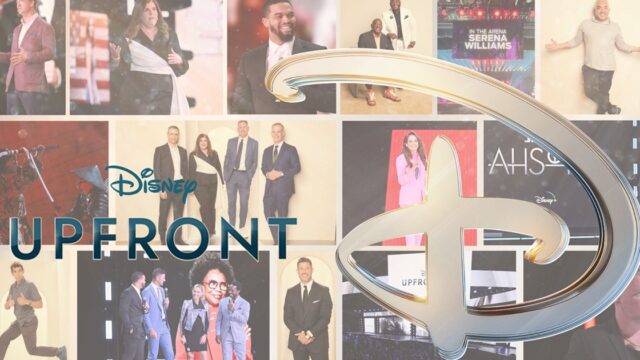Fine-tune your media, marketing and technology strategies at the Convergent TV Summit on October 25 with expert insights and strategies from the pros. Register now to save 35% on your pass.
What college football fan could forget 11:59 p.m. on Dec. 31, 2022, when a last-second Georgia field goal knocked Ohio State out of the semi-final game at Mercedes-Benz Stadium?
Not anyone who watched on ESPN, that’s for sure. But earlier in the Peach Bowl, TV viewers saw a unique Mercedes-Benz mixed reality integration, where the brand raced four of its electric vehicles around the stadium.
That single activation outperformed the median 2023 CFP National Championship ad by over five times, and according to Ad Multiplier, the brand would need to air 62 ads across primetime broadcast and cable programming to generate as much impact as the mixed reality integration.
Now, Mercedes-Benz is returning as a multiyear sponsor, and partnered with Disney’s in-house creative agency Disney CreativeWorks to develop custom content for social airing throughout the season.
The team developed two 60-second custom branded social pieces, and there will be four in-season activations where ESPN reporter Jen Lada will conduct video interviews with college football personalities on site, beginning with Tim Tebow in Tuscaloosa, Alabama on Friday. The Lada-hosted interviews will air within ESPN’s College Game Day podcast.
Mercedes-Benz and ESPN teamed up to create a custom van that will take podcasting on the road. The ESPN College Football Sprinter Van will head to five college football game sites across the nation, including a stop at the College Football playoff.
“The social aspect is definitely going to play a large part, and I think it plays into the sky’s the limit as far as innovation,” said Andrew Messina, svp of Disney Advertising Sales. “TV viewers watching Mercedes-Benz mixed reality during the Peach Bowl were 20% more likely to search for [the brand].”


